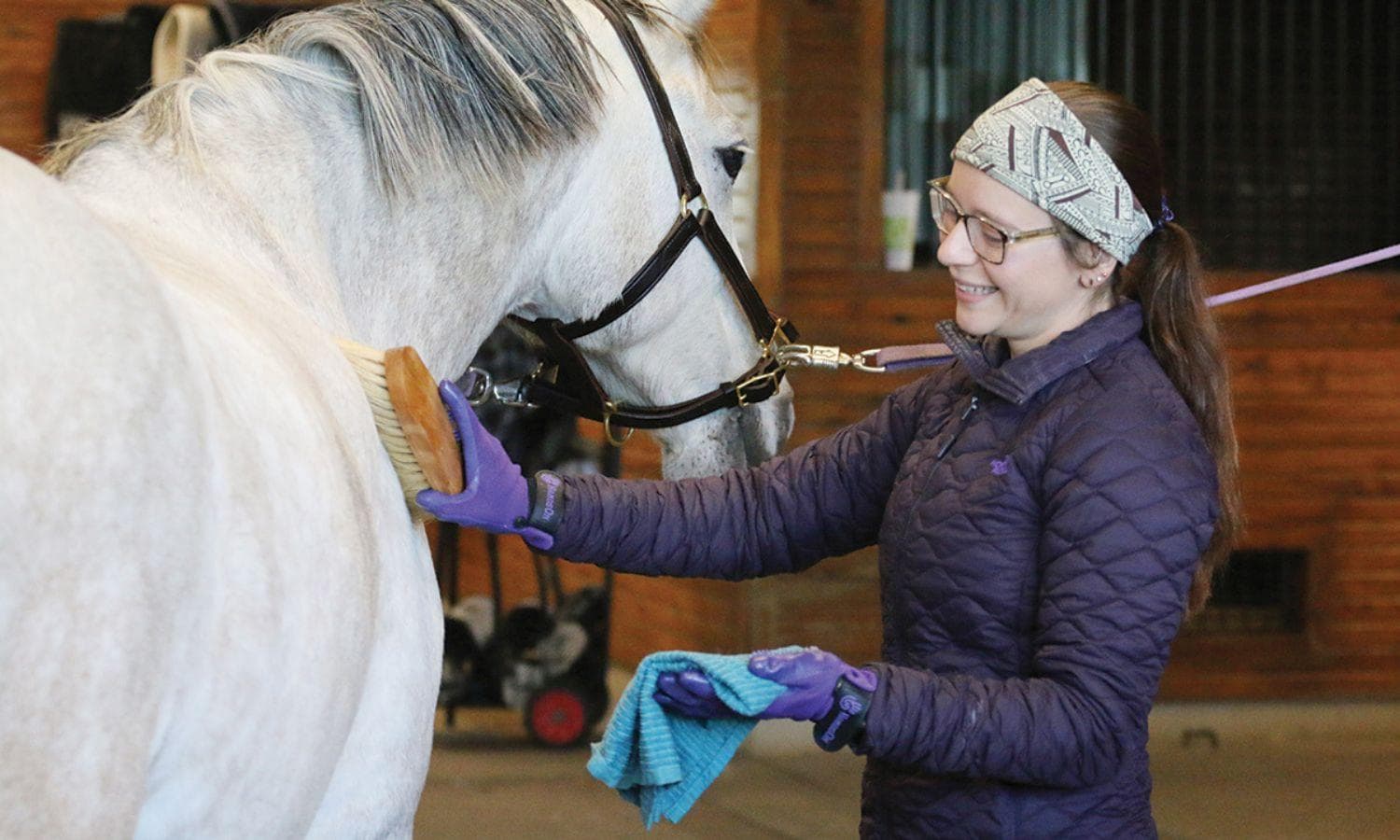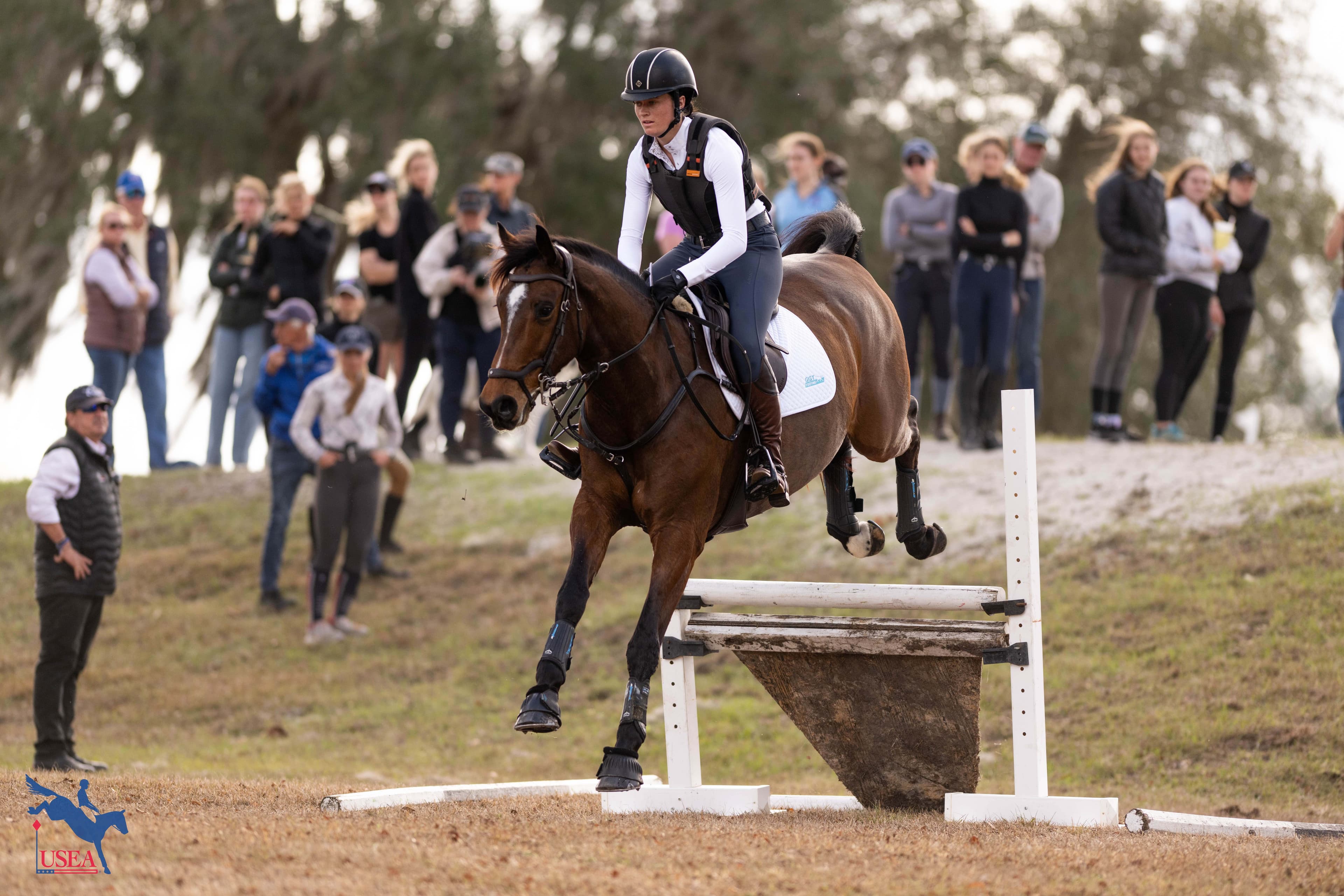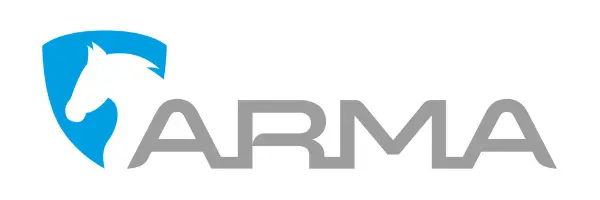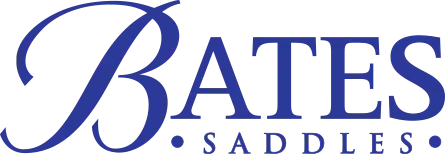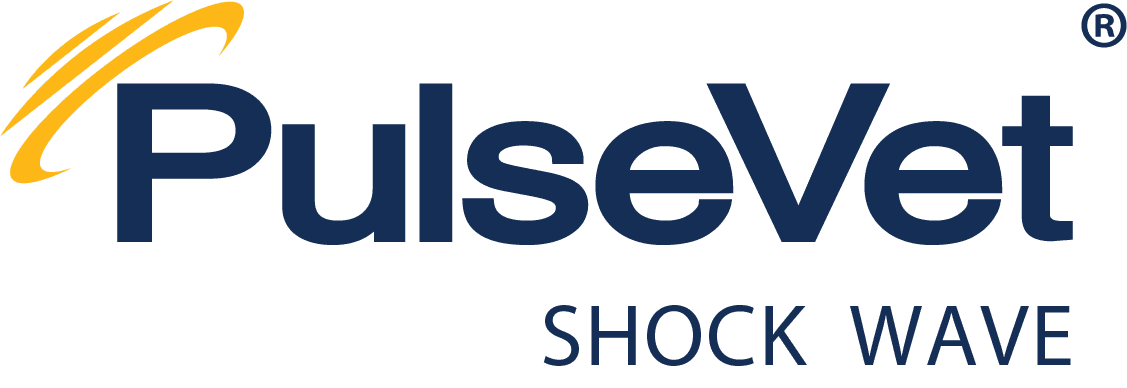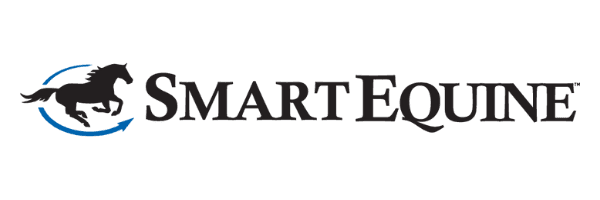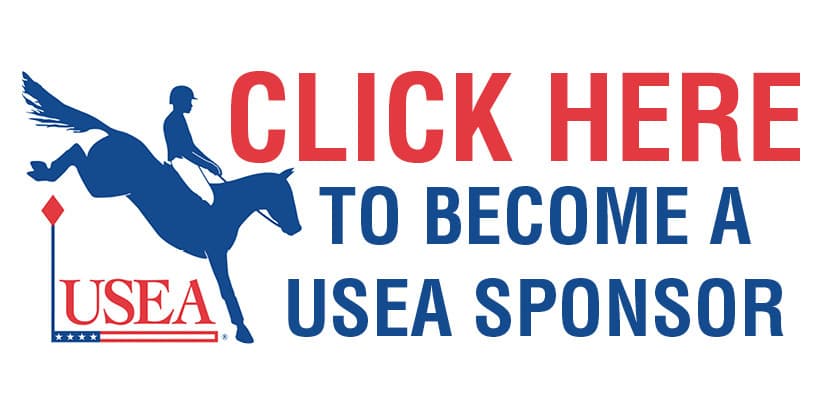Pressure Proof with Daniel Stewart: Reactions to Actions

For the past several months we’ve been discussing fears, including their causes, kinds and purpose. We also discussed strategies like flooding and desensitization that can help us quiet their noise. We’ve even learned that fear serves an important role (an alarm that brings our attendant to things that can harm us) but sadly even though strategies like flooding and desensitization can be wonderfully effective, they do have two bothersome shortcomings: (1) things that scare us often require more practice than we’re able to give in weekly riding lessons or competitions, and (2) things that scare us aren’t always the kind of things we want to practice (like bucking, bolting and falling). Luckily there’s a trick that can solve both these problems, and that trick becomes is the focus of this month’s Pressure Proof Tip!
If we want to overcome a fear without actually physically exposing ourselves to it, we’re going to have to get a bit creative. The good news is that there’s an additional fear-management strategy called biofeedback that’s been designed especially for that very purpose. It’s a more advanced technique than flooding and desensitization so let’s simplify it by dividing it into its five stages:
1. We begin by identifying a fear we’d desperately like to overcome, but one we don't feel comfortable recreating or practicing. These fears could include things like the fear of falling, bolts, bucks, runaways or spooks.
2. We think about our typical response to these fears and then compile a list of our three most common emotional reactions to them. They can include things like breath-holding, fist-clenching, rein-pulling, jaw-tensing and leg-squeezing. We’ll call these our fear-reactions.
3. Once we've created our fear-reaction list we begin practicing each of them so that we can recreate them on-demand (meaning we actually practice holding our breath, clenching our fists, pulling our reins, tensing our jaw and squeezing our legs).
4. In this step we take back control of our emotions by creating a new list of three calming actions that we perform in response to each of our fear-reactions. These actions are purposeful efforts like taking a deep breath, suppling our hands, releasing our reins and relaxing our jaws and legs. We’ll call these our fear-actions.
5. This is the most important step and the secret sauce to using biofeedback to overcome fears that can’t be practiced physically. In this step we visualize our fear in a quiet, non-mounted location and purposely recreate our three fear-reactions. Once we can feel them we take a deep breath and slowly replace of them with our three fear-actions from step 4 above (meaning we breathe deeply, supple our hands and relax our jaws and legs).
The key to this strategy is that we’re purposely familiarizing ourselves with our typical fear-reactions so that we can use them as triggers to make our fear-actions happen automatically. The key to this form of biofeedback isn’t the creation of the fear-reactions, but the subconscious connections we make between them and our three positive fear-actions (meaning we train ourselves to automatically take a deep breath every time we become aware we’re holding our breath or relax our muscles automatically every time we feel them tightening). In this way we train ourselves to use our destructive reactions to trigger our productive actions so that if they ever happen for real we’ve already practiced how to automatically stop them!
I hope you enjoyed this month’s Pressure Proof Tip and are looking forward to more in the future. If you’re a trainer our upper level rider and would like to take the Pressure Proof Coaching Academy’s instructor certification course on equestrian sport psychology just let me know. The course is online and self-paced so you can binge it in a month or take your time. For more information visit https://pressureproofacademy.com/certifications/


